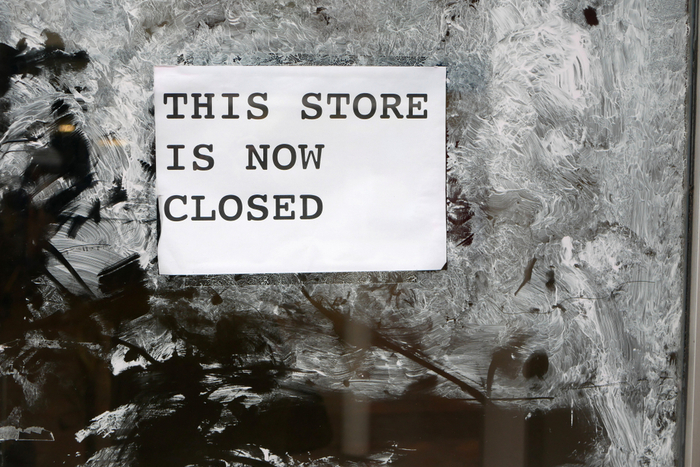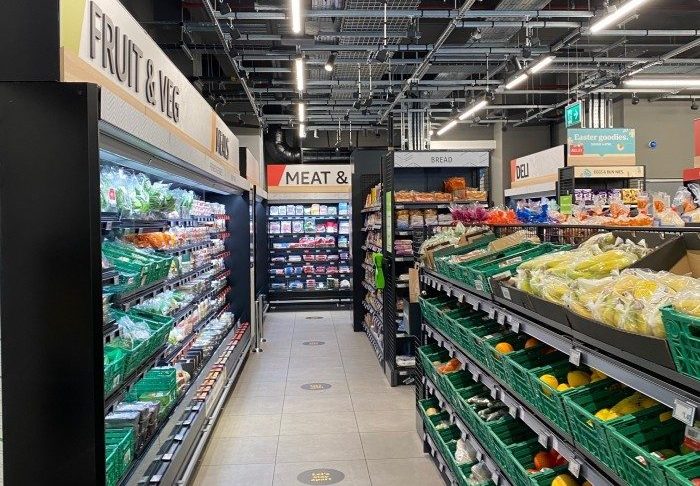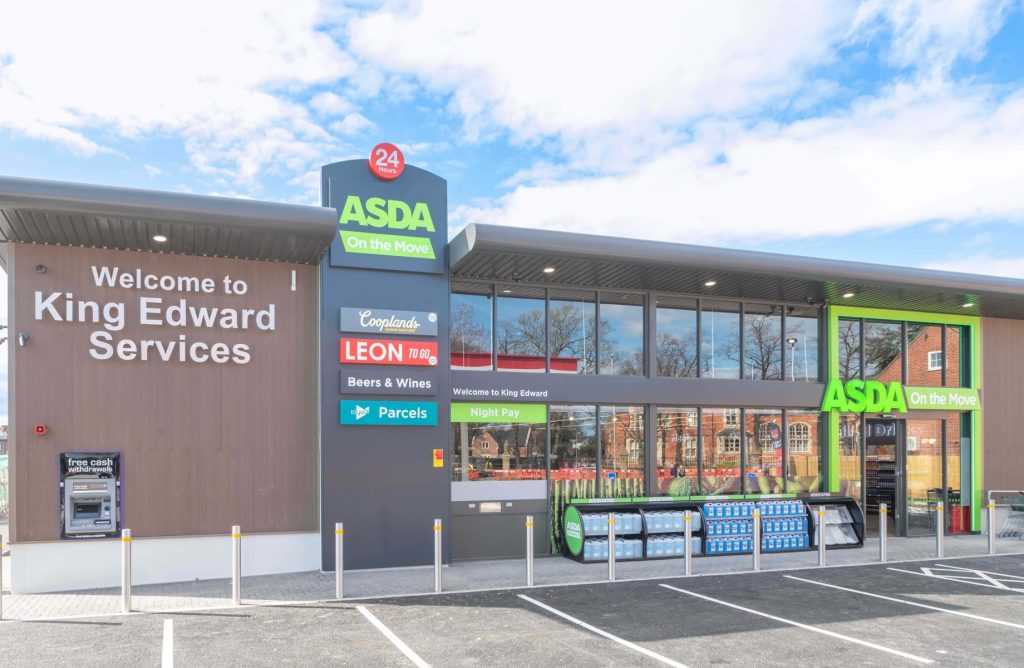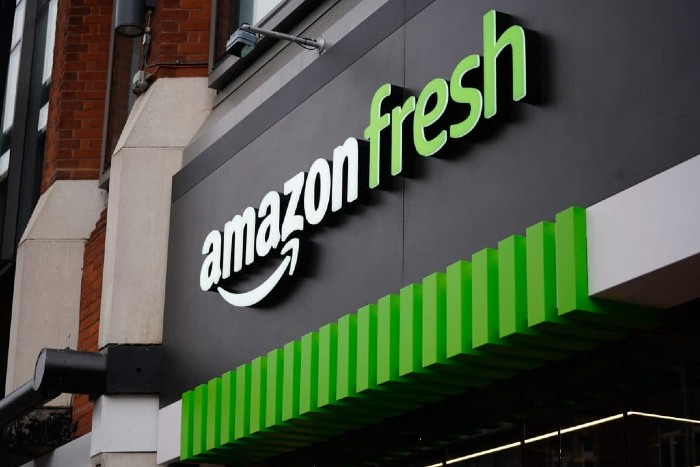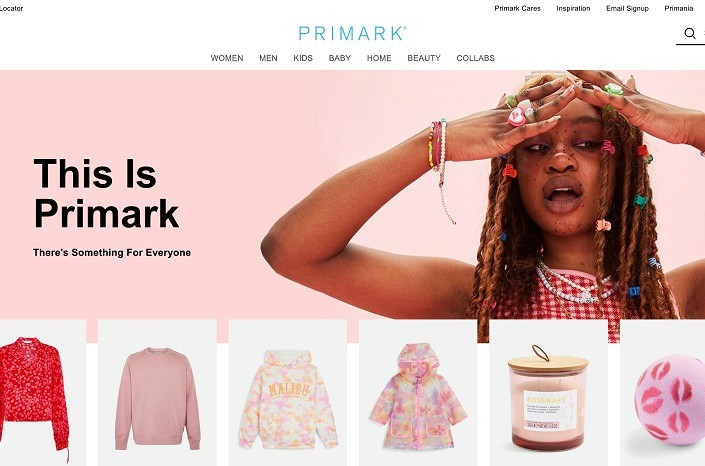Big name high street retailers have hit the headlines recently with cases of store closures, job losses and, declining profits. There are many reasons for this but a large part can be attributed to the growth in ecommerce.
However, even if we look at this element, many of the household names in trouble recently – think of Toys R Us closures and difficulties for House of Fraser and Debenhams – have or had an online offering, but they still weren’t and still aren’t getting it right.
The last five years has seen an incredible shift in both new and inventive ways new players are launching products online, and very dynamic shifts in consumer behavior. Consumers are more confident than ever in spending online, but they are also becoming more discerning with both their expectations of the on and offline shopping environment and how they prioritise their time.
We are effectively moving into an experience economy where the customer journey is paramount. Many online only providers understand this and have engineered their whole service offerings to more adequately meet customer needs and expectations.
So, what do customers value now? Is it spending a long and leisurely afternoon browsing from shop to shop, lugging bags around, waiting in a queue to be served, searching but not finding “their size” in stock and potentially being in an environment that is devoid of high quality service, cluttered shop floors and pokey fitting rooms? Or are customers looking for convenience and time saving, instant service and questions answered in a blink of an eye from the comfort of their own home?
There will always be a place for store environments, particularly if the store can offer what an online retailer can’t – that is, a good human experience, and preferably one that they can share.
However, for many, the focus has been on price matching their online competitors and that is a competition that is very difficult to win.
Clever retailers should have both an on and off-line presence and deepen their understanding of their customers. Are they offering what their customers want, when they want it, where they want it and how they want it? Take luxury fashion and handbag company Rebecca Minkoff in the US: it has merged the customer experience in the on and offline environment so that they can do just this. But this strategy also requires an understanding of how consumers use their mobile devices.
Many retailers need to think more carefully about how consumers use their mobiles to shop, whether they are at home, out with friends or in an actual traditional retail environment. This is an important consideration as for a growing number of consumers, being able to shop on a mobile friendly site or app is a deciding factor at the precise moment that they are making a decision to buy.
In essence, the digital environment combined with growth in the proportion of digitally savvy consumers is making the creation of value much more complex, particularly as more and more consumers look for specific products, unique to their own needs, fragmenting the marketplace into more segments than previously thought possible. Digital marketers can tailor online offerings and communicate them to multiple and unique small customer audiences, however, it is harder for standard department stores (particularly in fashion) such as Debenhams and M&S to create a value offering for an increasingly fragmented customer base, an even harder task when managing associated brand legacies.
Department stores used to be effective one-stop shopping, but the likes of Amazon can deliver on this concept better than any of its offline competitors. What this means in practice is that we may end up seeing fewer big department stores selling a bit of everything, and instead see growth in specialist stores or even pop-ups that offer an ‘experience’ in addition to a product or service. Many existing retailers are still playing catch up and this may cost them dearly in the long run.
In the current tough environment, competitors need to think creatively about how to make shopping an entertaining experience, or at least an experience consumers will value. With the increasing use of social media consumers have less time to shop and instead prefer to dedicate themselves to alternative leisure activities.
Price matching online competitors is not enough. Retailers not only need to think innovatively to compete in both spheres, but they also need to think about how to outlive rivals as there may always be room for a couple of high street department stores, but not enough for the number of competitors currently in the UK marketplace.
Dr Felicity Hardley is a Senior Lecturer in marketing and business strategy at Westminster Business School
Click here to sign up to Retail Gazette‘s free daily email newsletter

